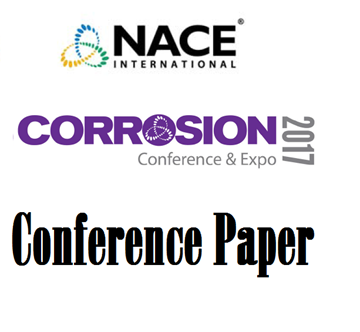Search
02223 Factors to Consider when Applying Oxidizing Biocides In the Field
Also Purchased
01414 ADVANCES IN MATERIALS FOR SODIUM HYPOCHLORITE SERVICE
Product Number:
51300-01414-SG
ISBN:
01414 2001 CCP
$20.00
51312-01201-CORROSION PROBLEMS MIGHT BEGIN DURING ENGINEERING DESIGN
Product Number:
51312-01201-SG
ISBN:
01201 2012 CP
Publication Date:
2012
$20.00
An Overlooked Corrosion Risk? The Incompatibility of Biocides and Oxygen Scavengers
Product Number:
51317--9060-SG
ISBN:
9060 2017 CP
Publication Date:
2017
$20.00




